Did you know ‘Flared slope’ in Geology, if not Read About “Wave Rock”
Wave Rock, Western Australia
Wave Rock is located near the Wheatbelt town of Hyden, 340 kilometers southeast of Perth, is one of Australia’s most recognizable landforms. It is 15 meters high from the ground and more than 100 meters long, the rock looks like a giant surf wave of multicolored granite about to crash onto the bush below. It’s believed this amazing formation was more than 2.7 billion years old. Heyden rock or Solitary hill is a granite inselberg, and is part of a 160 ha nature reserve, Hyden Wildlife Park. Australia’s lovely Wave Rock is one of the most stunning features in the world and this natural formation looks as though it is actually petrified water. Wave Rock’s impressive size and shape have been drawing thousands of visitors every year.
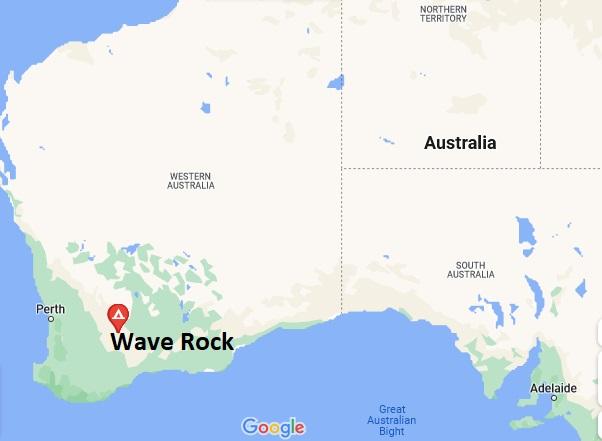
Along the top of the wave rock, a low stone wall has been built to guide rainwater to the nearby Hyden Humps Dam. The wall was built in the 1920s in order to help bring water to people living in the arid area, and it continues to serve the surrounding people. The undulating wave is not the only incredible geologic site in the area either. There are several other examples of this throughout Australia, such as the Hippo’s Yawn, which is a natural cave that looks, like a giant hippopotamu, though none as impressive as Wave Rock. The amazing formation is actually just one side of an entire hill.ock
Geology around the Area
Wave Rock is a part of a huge ancient crustal mass Yilgarn Craton. Yilgarn Craton makes up most of southwestern Australia and very stable part of the crust, and that’s the key to Wave Rock’s mysterious shape. Craton is the part of the crust where no subsequent volcanism, no earthquakes, or no uplift has occurred. The land that once covered this Rock was gradually worn away due to erosion and weathering and This particularly hard rock stands in the landscape. over a vast expanse of time, the structure is exposed as granite domes to the surface.
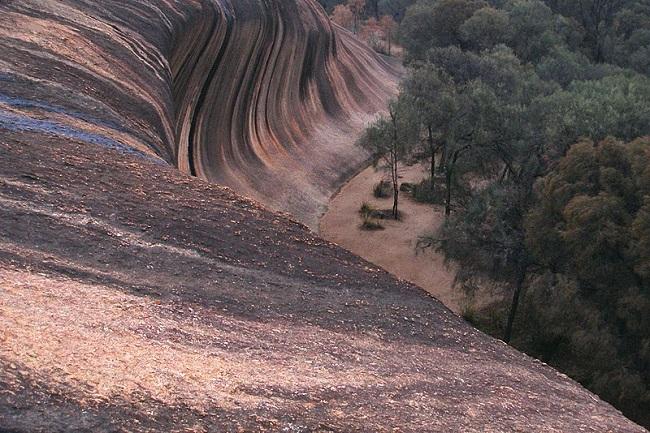
Wave Rock is a curved granite cliff face, and It has been rounded by weathering and water erosion, undercutting its base and leaving a rounded overhang. Water from springs active in the wetter months runs down the cliff face, dissolving and re-depositing chemicals in the granite, leaving red, brown, yellow, and grey stains of carbonates and iron hydroxide.
How was wave rock formed?
Hyden Rock is a granite inselberg, which consists of three domes. The central and western domes are separated by a deep valley and occupied by a reservoir. The central and eastern domes are linked by a low platform. These domes were created by the multistage landform development. The initial step in the development of Hyden Rock was the subsurface alteration by weathering of granite bedrock beneath a lateralized surface during the Cretaceous Period between 100 and 130 million years ago. Fractured by jointing, the granite bedrock underlying this surface was altered to varying depths.
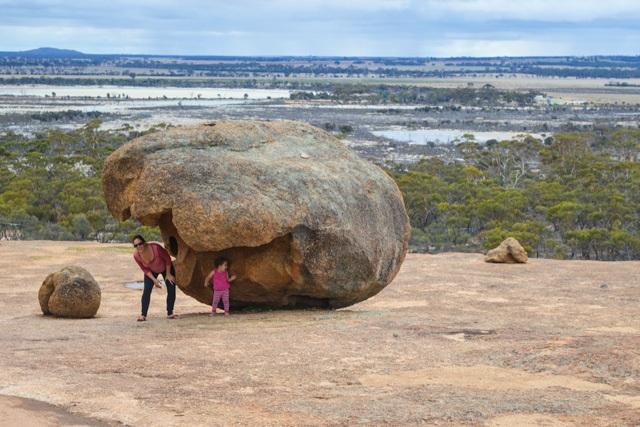
This process formed underground domes of granite bedrock surrounded by weathered and disaggregated granite. Over the time due to the erosion of the deeply weathered granite, these buried solid bedrock domes exposed as Hyden Rock.
Also read- The Loch Ard Gorge, A Great Ocean Geotourism Destination
In Geological terms wave rock is known as “flared slope,” A flared slope is a concave-upward or -inward bedrock surface that is typically found around the base of inselbergs, bornhardts, and granitic boulders. Flared slopes like Wave Rock are particularly well developed in granitic terrain of southwestern and southern Australia. The flared slopes are formed by the chemical weathering around the base of an inselberg by groundwater. The chemical weathering by groundwater erode the solid bedrock base of an inselberg and when deeply weathered bedrock lowered by erosion, a flared slope such as Wave Rock.
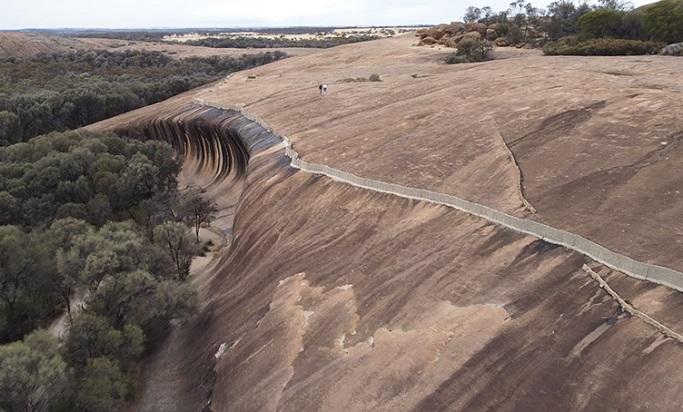
How to reach
Wave Rock host a popular music festival each year in spring. Take a bushwalk around the rock to see native flowers and birds. it is 340 kilometers southeast of Perth, a four-hour drive through picturesque farmland. You can drive yourself following the Pathways to the Rock self-drive trail, or there are many day trip coach tours from Perth.
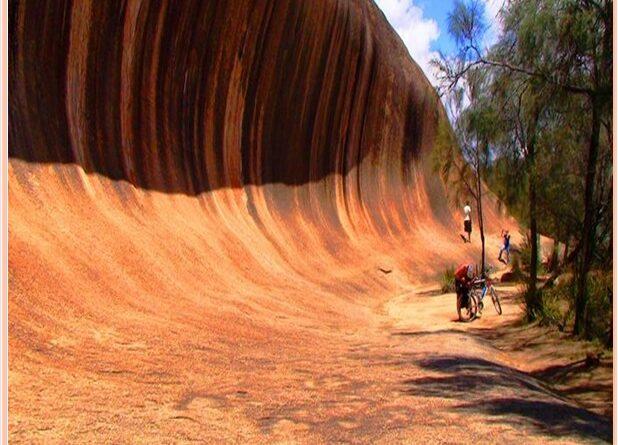
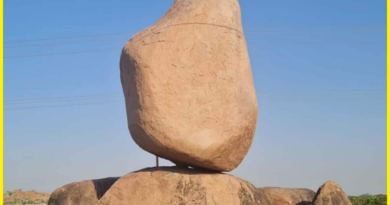


Pingback: Geotourism around The Pyrenees Mountain Range - Geotourism